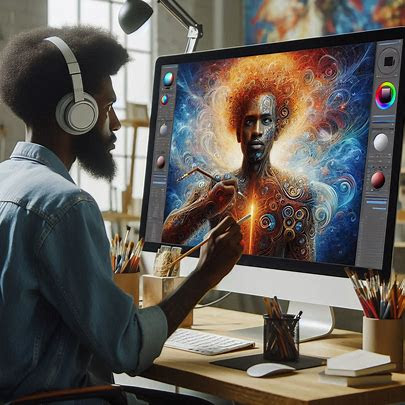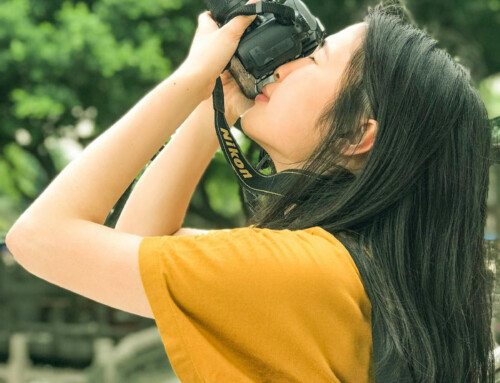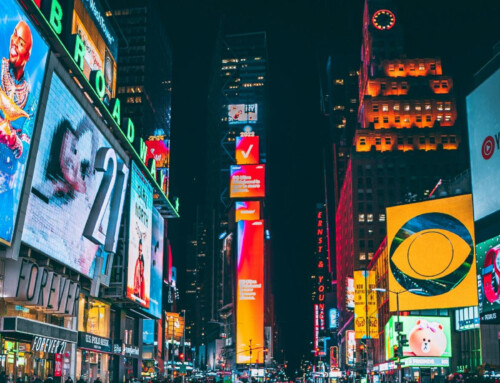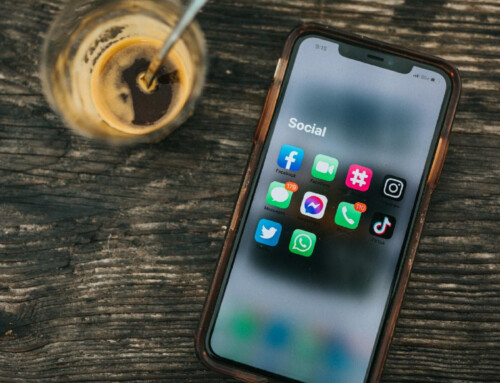Last month, the US Copyright Office issued a new report on artificial intelligence (AI) and copyrightability. As it did in its previous report on AI, which addressed digital replicas (the use of digital technology to realistically replicate an individual’s voice or appearance), the Copyright Office points out that copyright protection is reserved for works of human authorship.
According to this report, “outputs” created entirely by generative AI with no human creative input are not eligible for copyright protection, which is consistent with case law relating not just to AI, but to other nonhumans, such as the monkey who took a selfie.
However, works created by humans using AI tools are copyrightable to the extent the humans’ contributions qualify as authorship. To determine whether materials created with the assistance of AI tools can be protected by copyright requires a case-by-case analysis of the facts.
This report discusses three main ways that humans contribute to AI-generated outputs: prompts, expressive inputs, and modifications/arrangements of AI-generated content.
Prompts
The report states that, given the current available technology, prompts alone are not enough input from the human to result in copyrightability of the material the AI creates based on that prompt. Rather, prompts are merely instructions that convey ideas (which are not protectable by copyright) and do not control the expression of the idea.
The Copyright Office notes that as technology develops, it is possible that prompts may become able to sufficiently control expressive elements in AI-generated outputs to reflect human authorship.
Expressive Inputs
According to the report, in a situation where humans input their own copyrightable work into an AI system and that work is perceptible in the output, the humans retain copyright over their contributions.
An example is when a human author creates an original illustration and instructs the AI to add or change colors. In that case, the human is the author of the portion of output that is perceptible in the AI’s output. The copyright will not extend to the AI-generated elements standing alone, however.
Modifications/Arrangements
The report makes clear that when a human selects or arranges AI-generated material in a sufficiently creative way, the resulting work will constitute an original work of authorship. Of course, copyright protection will extend only to the work as a whole; the AI-generated material alone is still not protected by copyright.
Similarly, modifications might meet the standard for copyright protection. Again, the copyright would cover only the material the human contributed, and the underlying AI-generated content would not be protected.
*******
Please feel free to contact us if you have any questions about the copyrightability of materials created using AI or about any other aspect of protecting or enforcing your copyrights.
Illustration created using Microsoft Bing Image Creator






